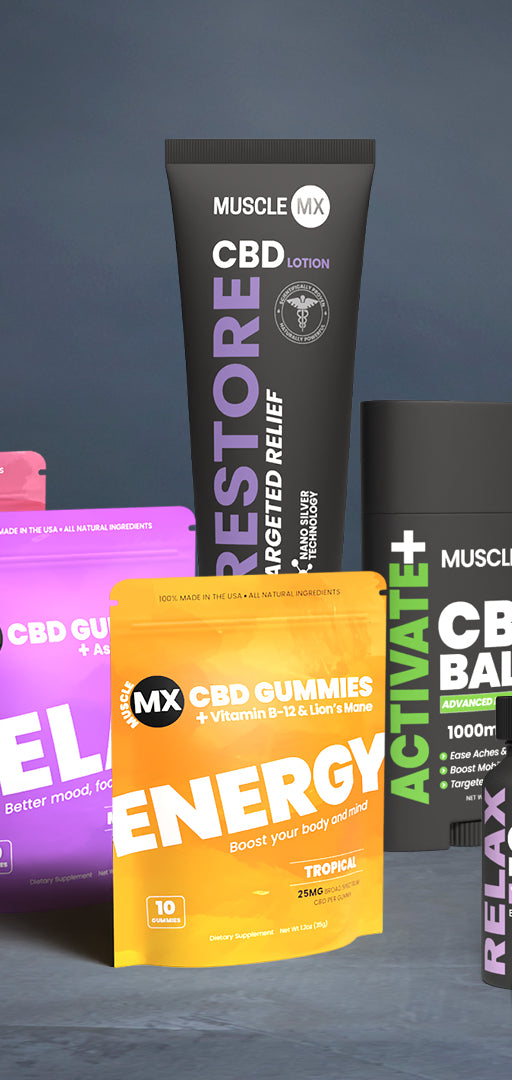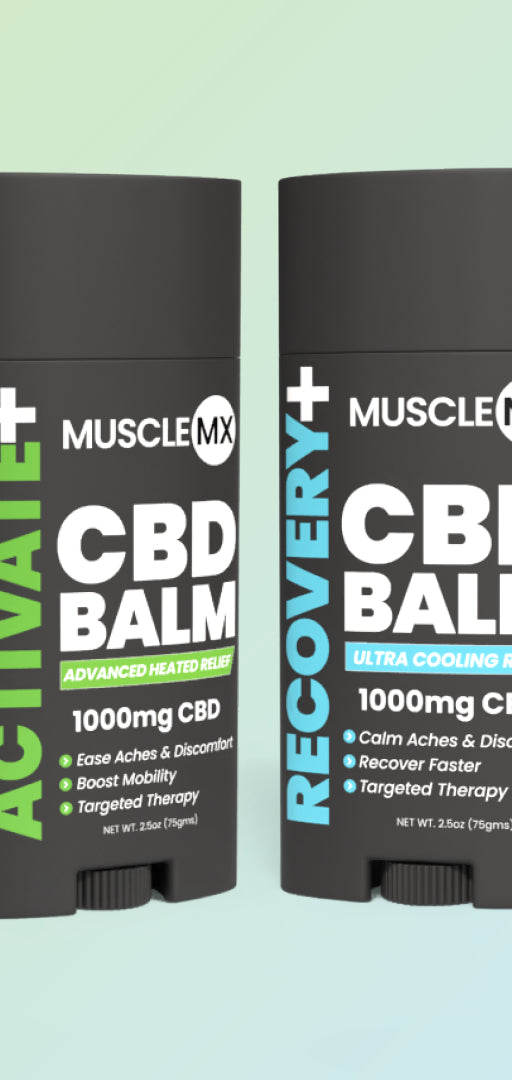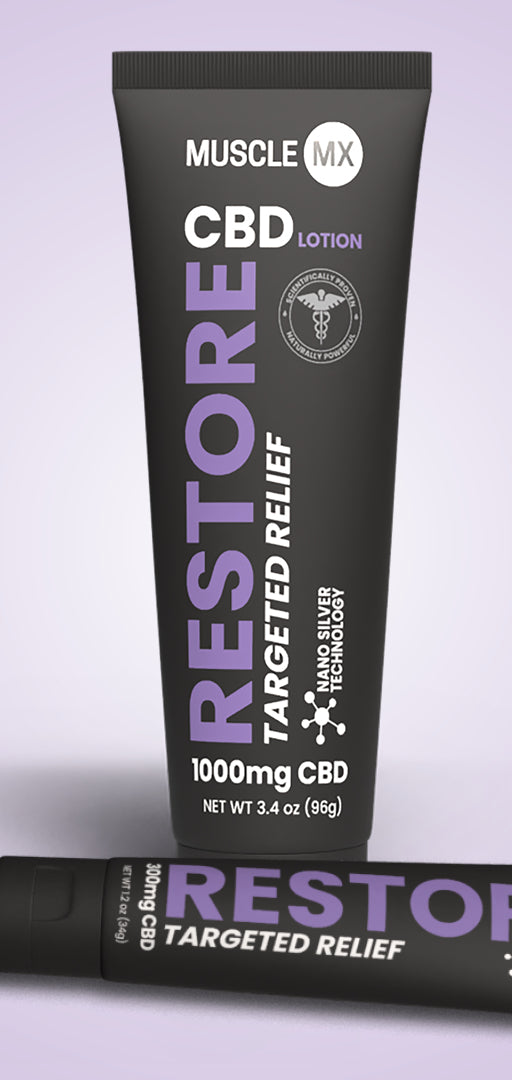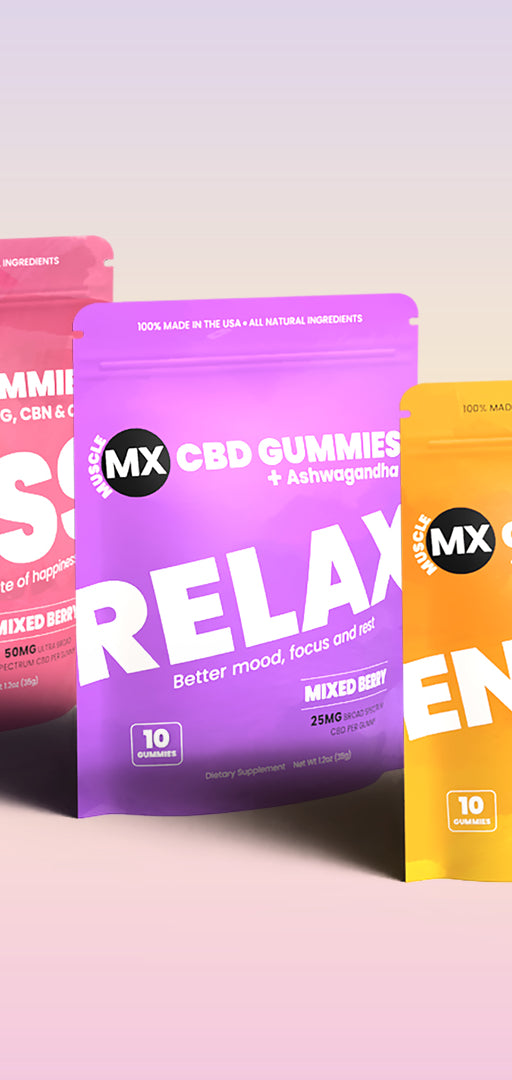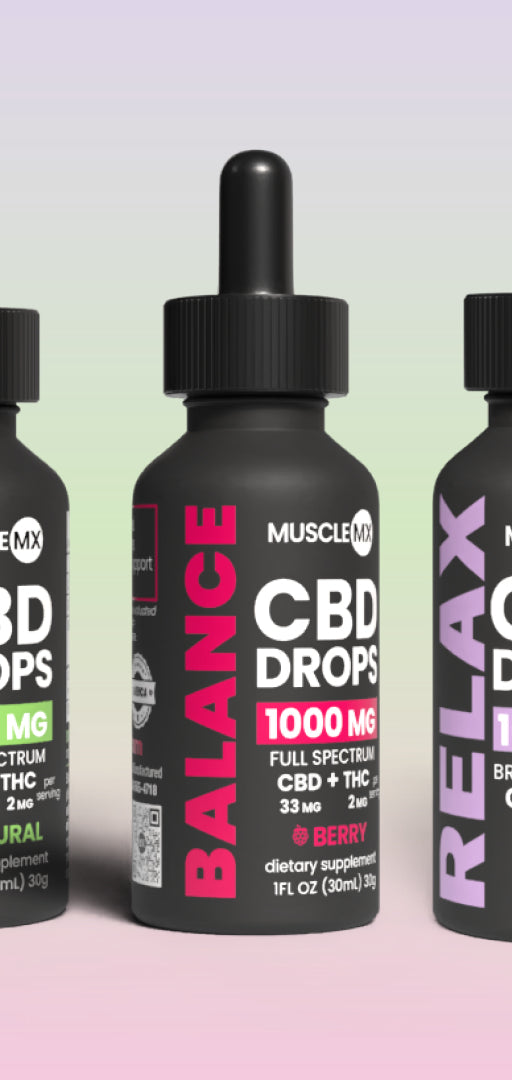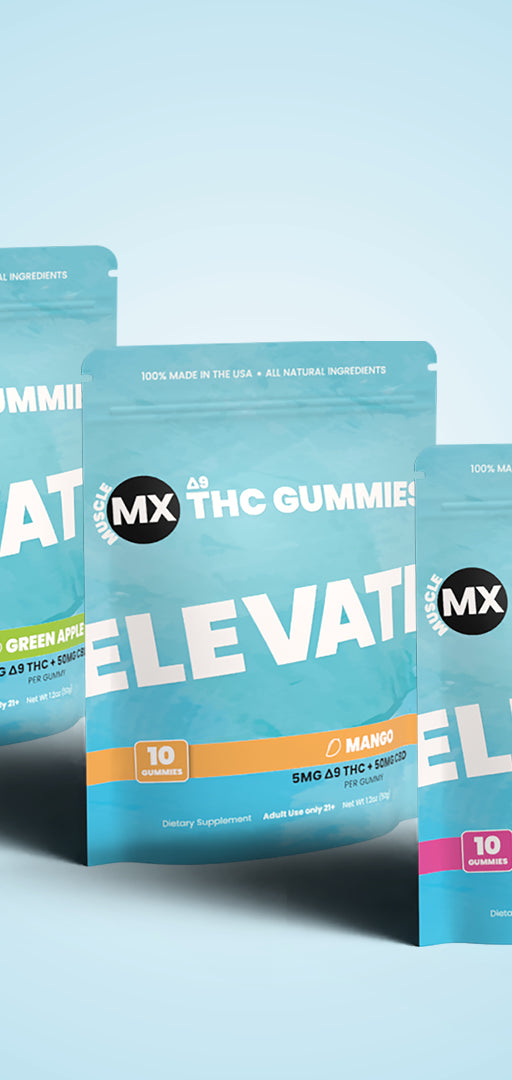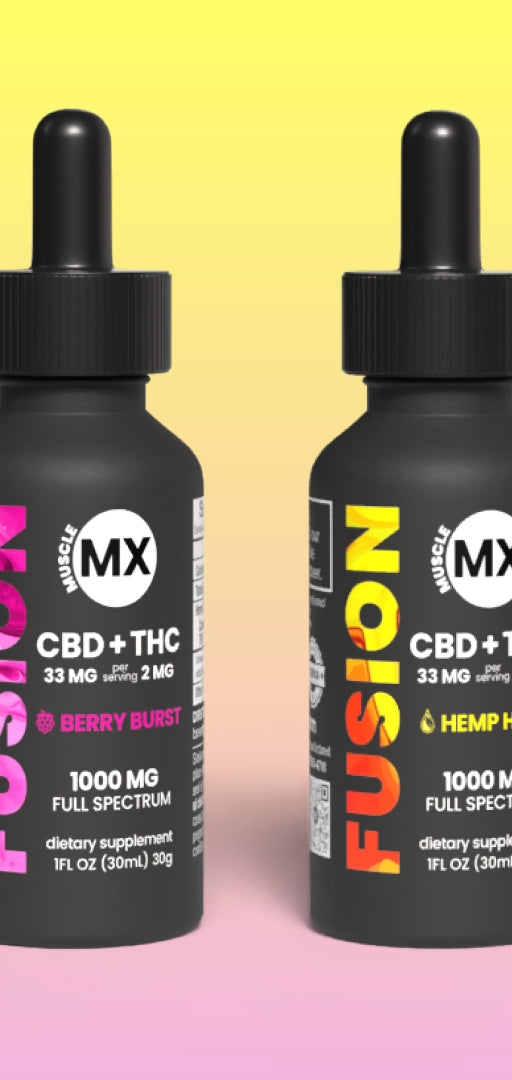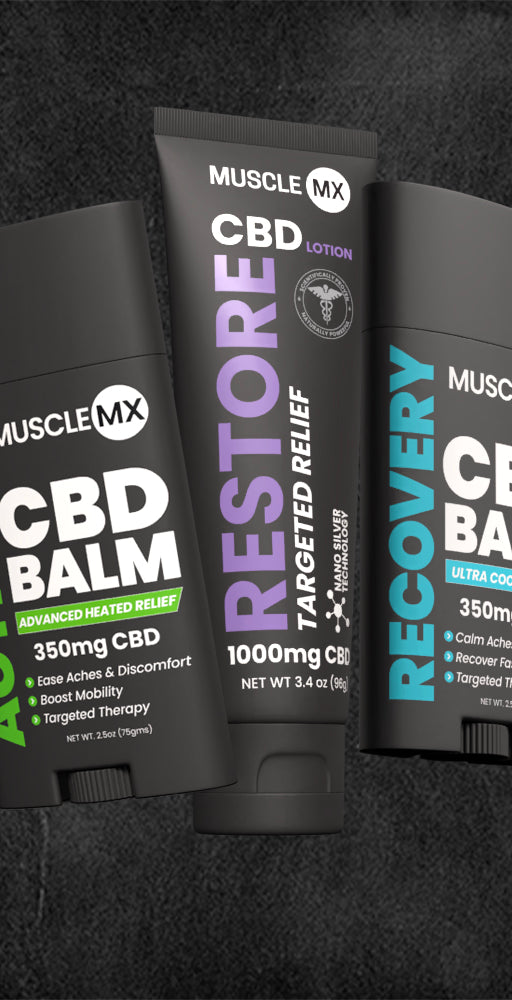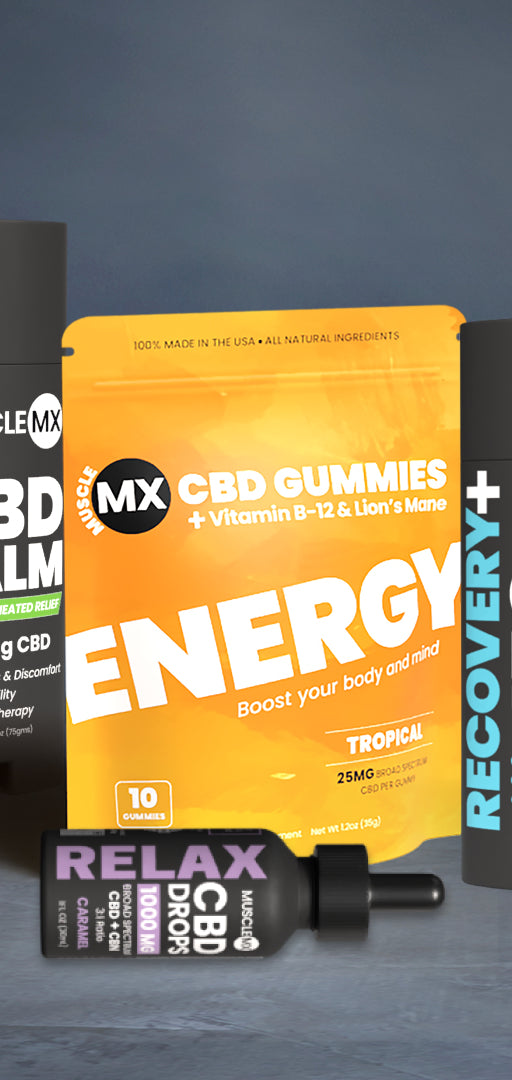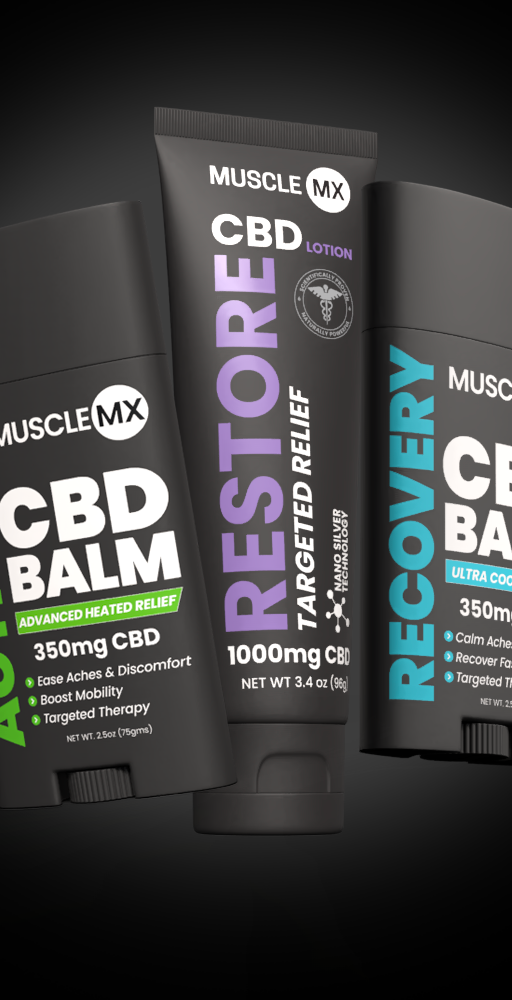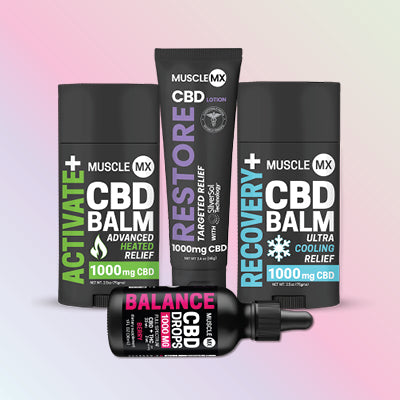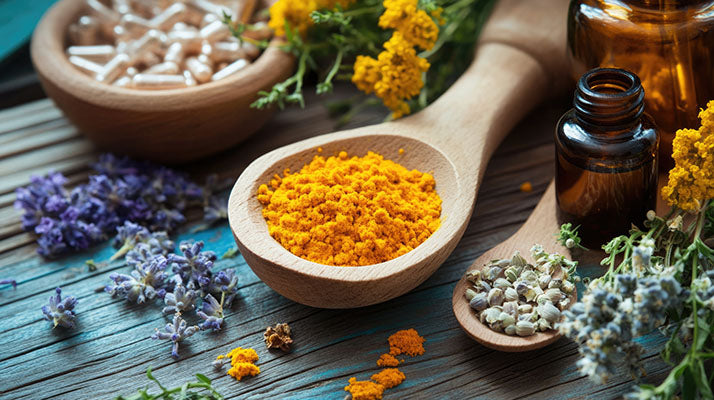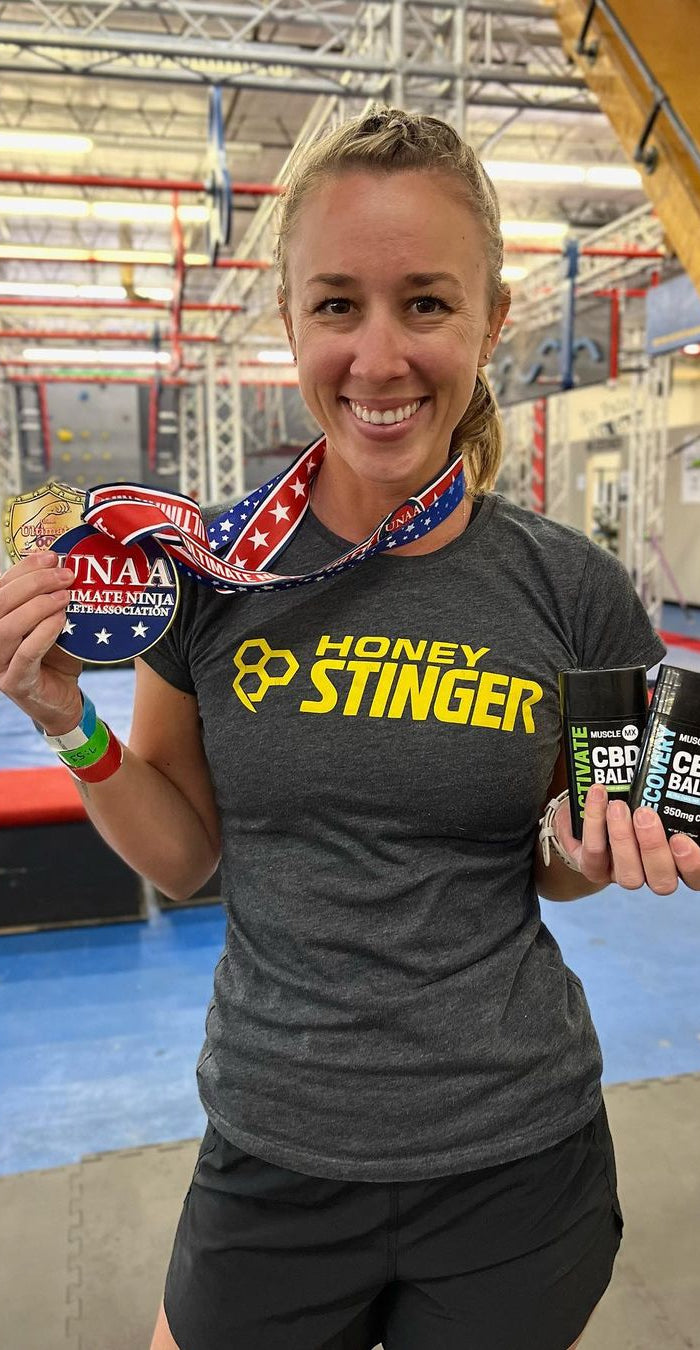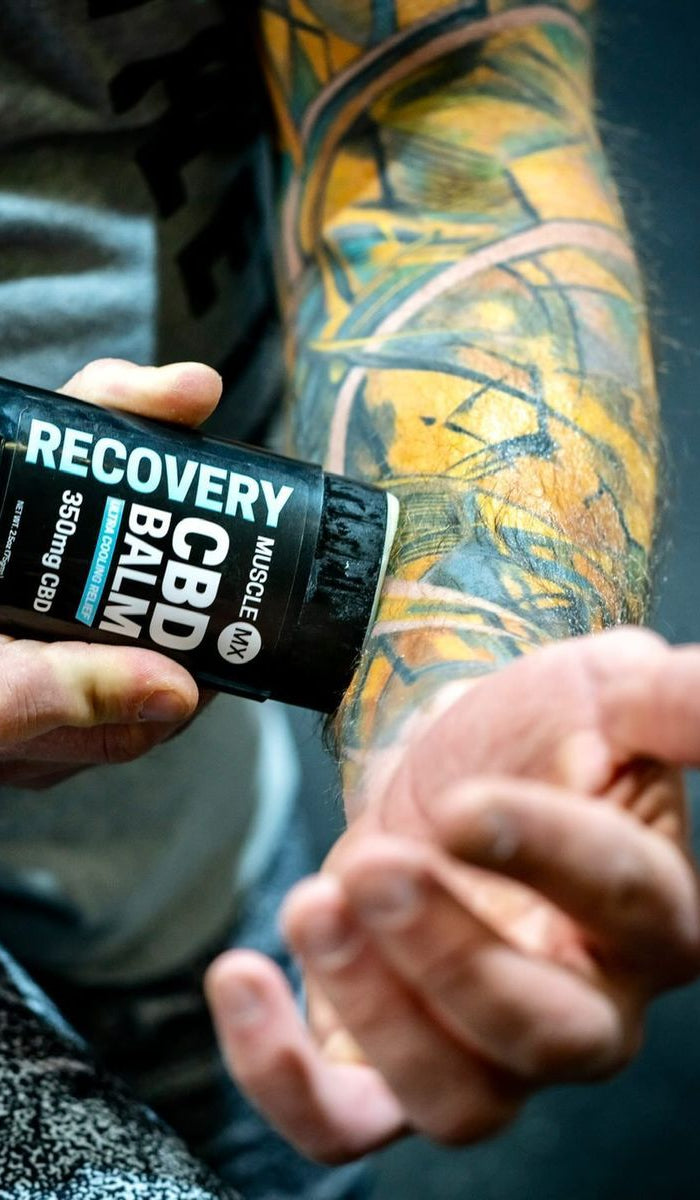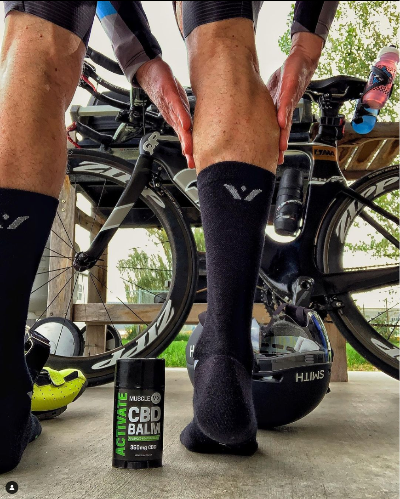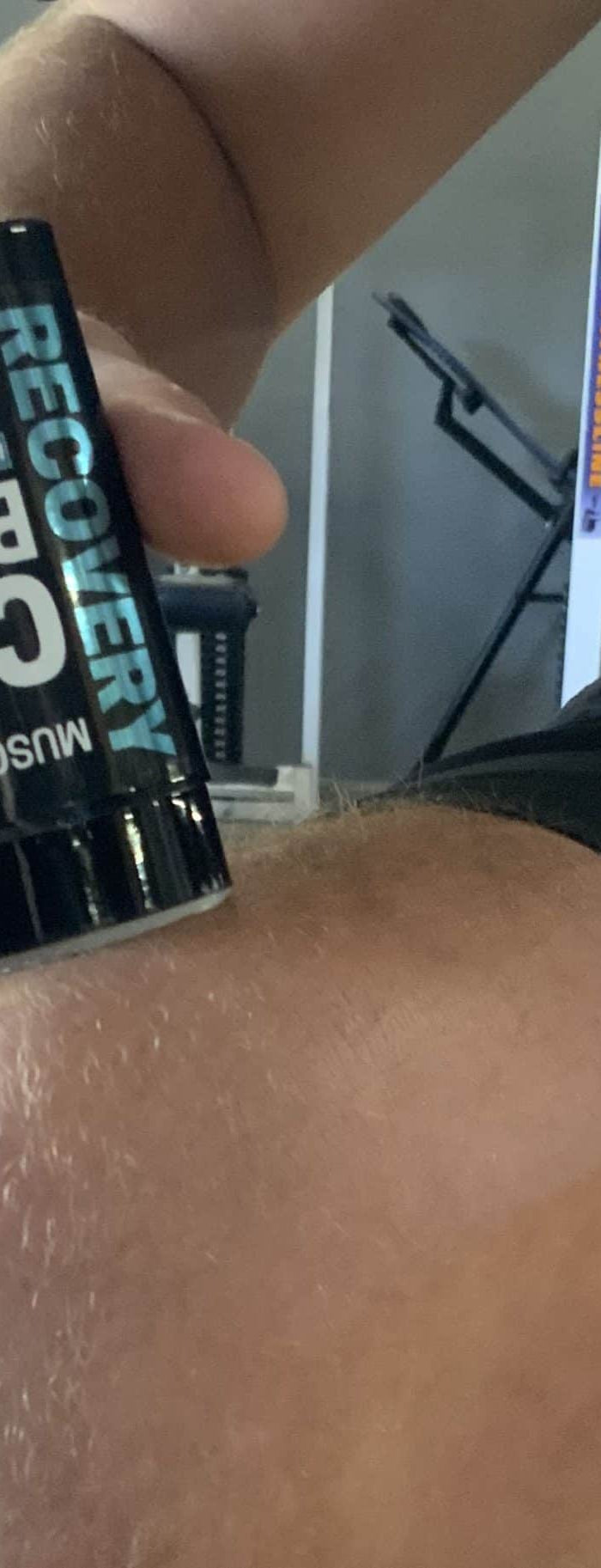Natural Pain Recovery Solutions: Finding Relief Without Medication
Pain relief shouldn't mean risking addiction. While opioids remain a common prescription for managing pain, they often create more problems than they solve. Your body has remarkable natural healing abilities - the key is learning how to support them effectively.
Let's explore doctor-recommended approaches that work with your body's natural healing processes. Recent studies show promising results: 1,500 mg of curcumin extract matches the effectiveness of 1,200 mg ibuprofen for knee osteoarthritis pain. Traditional treatments like hydrotherapy, massage, and acupuncture also demonstrate significant benefits, especially for those recovering from substance use.
Understanding these natural approaches gives you more options for managing pain without dependency risks. From herbal remedies backed by science to mind-body techniques that tap into your body's healing potential, you'll discover ways to address pain while supporting long-term wellness. Your path to pain relief doesn't have to rely on medication - there are safer, more sustainable solutions available.
Remember, finding the right pain management approach is personal. What works for one person might not work for another. This guide will help you understand your options and make informed decisions about your pain recovery journey.
Pain Recovery vs Traditional Pain Management: What's The Difference?
Your body knows how to heal - it just needs the right support. While traditional pain management focuses on masking symptoms with medication, pain recovery takes a different approach. Let's learn more about why this distinction matters for your wellness journey.
Moving Beyond Symptom Suppression
Traditional pain medications offer quick relief, but they often create a troubling cycle. When treatments only hide symptoms, the underlying issues typically return once medication stops [7]. Even more concerning, long-term reliance on symptom suppression can lead to serious physical and mental health complications [7].
True healing happens when treatments work with your body's natural recovery processes, not against them. Supporting these innate healing mechanisms helps your whole body become healthier, reducing the likelihood of recurring problems [7].
Natural Solutions Gain Medical Recognition
Healthcare professionals increasingly recommend natural approaches, backed by strong scientific evidence. The numbers tell a compelling story - 55 million US adults spent $28.30 billion on complementary health treatments in 2012, making up 9% of out-of-pocket healthcare spending [7].
The trend continues growing. Natural pain treatment use jumped from 19.2% to 36.7% between 2002 and 2022 [7]. Chiropractic care leads the way, with 85.7% of patients choosing it for pain management in 2022 [7].
Why Traditional Pain Medications Fall Short
Common pain medications come with serious risks, especially with long-term use. NSAIDs pose particular concerns - NSAID-related gastrointestinal bleeding causes between 3,500 to 16,500 deaths annually in the US [4]. Both traditional NSAIDs and COX-2 inhibitors raise cardiovascular risks [4].
Prescription opioids bring their own challenges:
-
Risk of dependency and addiction
-
Side effects like nausea and constipation
-
Growing concerns about abuse potential [4]
Even seemingly safe over-the-counter options need careful monitoring. Taking more than 3,000 milligrams of acetaminophen daily can damage your liver [8]. NSAIDs may increase blood pressure and heart attack risks, particularly if you have previous heart problems [4].
These limitations explain why doctors now recommend comprehensive pain recovery approaches. While medications might offer temporary relief, lasting healing requires addressing root causes through natural strategies that support your body's own healing abilities [7].
The Science Behind Natural Joint Pain Treatment
Have you ever wondered why natural compounds can be so effective for joint pain? The answer lies in their remarkable safety profile and ability to work with your body's own healing systems [4].
How Your Body Responds to Natural Compounds
Natural compounds offer a unique two-way approach through their antioxidant and anti-inflammatory properties. They help protect and maintain healthy joint tissue while supporting overall bone health [4]. These natural helpers work in several ways:
-
They control inflammation signals, specifically blocking IL-1β, IL-17, and TNF-α [4]
-
They fight harmful free radicals (ROS) in your body [4]
-
They calm down two major inflammation pathways: lipoxygenase and cyclooxygenase [5]
Your Endocannabinoid System: Nature's Pain Manager
Your body has its own pain management system - the endocannabinoid system. This network spreads throughout your body, using two types of receptors: CB1 (mainly in your brain and nerves) and CB2 (mostly in immune cells) [6].
This remarkable system helps control pain in multiple ways:
-
It manages nerve function and inflammation [6]
-
It helps reduce stress signals that lead to chronic inflammation [6]
-
CB2 receptors specifically target different types of pain sensitivity [6]
How Your Brain Adapts to Pain
Your nervous system shows amazing flexibility in how it processes pain. When injury occurs, changes happen throughout your system:
Your spinal cord adapts by:
-
Changing pain pathways in the dorsal horn [7]
-
Adjusting how pain signals are controlled [7]
-
Modifying how pain messages travel [7]
Your brain also shows incredible adaptability:
-
Specific brain areas become more active [7]
-
Pain processing centers reorganize [7]
-
Special brain cells join in pain response [7]
These discoveries help explain why natural treatments work so well. Studies show that 100% of tested natural compounds can slow down joint deterioration by targeting specific stress pathways [4]. Plus, new delivery methods help these natural compounds work even better in your body [8].
Understanding how your body naturally manages pain explains why natural solutions often provide longer-lasting relief than conventional treatments. Your body's own pain control systems respond well to natural compounds, creating lasting changes in how you experience and process pain. This knowledge opens new doors for treating joint pain, moving beyond just hiding symptoms to addressing the real causes of discomfort.
Natural Remedies for Joint Pain: What Doctors Recommend
Joint pain doesn't have to mean reaching for prescription medications. Medical research reveals powerful natural remedies that offer relief without unwanted side effects. Let's learn more about these doctor-recommended solutions that combine ancient wisdom with modern science.
Nature's Anti-Inflammatory Heroes
Looking for natural alternatives to pain medication? Turmeric leads the pack with impressive results. Studies show that 1,500 mg of curcumin extract matches ibuprofen's pain-relieving power (1,200 mg), but without stomach upset [1]. Ginger extract also shines, helping reduce knee pain and stiffness while improving how well you can move [9].
Have you heard about Boswellia serrata? This Indian frankincense deserves your attention. Clinical trials show 60-70% of people experience significant improvement using this remarkable herb [10]. Here's how it helps:
CBD Solutions: What Science Says
CBD topicals offer exciting possibilities for joint pain relief. These products tap into your skin's natural endocannabinoid system, helping in several ways:
Research suggests CBD topicals might work as well as steroids for inflammation, without the harsh side effects [12]. Remember, quality matters - choose products from trusted manufacturers [13].
Supplements That Really Work
Science backs several supplements for joint health:
Glucosamine and chondroitin stand out among the most studied options. A major 2016 study found they work as well as celecoxib for knee osteoarthritis pain [1].
Omega-3s show particular promise for rheumatoid arthritis. A 2017 review confirms they help reduce joint pain, stiffness, and swelling [1]. Many people find they need less pain medication when taking omega-3s.
SAM-e offers a unique bonus - it helps both pain and mood. Studies show it matches NSAIDs like ibuprofen and celecoxib for osteoarthritis pain relief [1].
Quick Relief Through Topical Solutions
Sometimes you need fast relief right where it hurts. Diclofenac products work well for joints close to the skin [14]. They work even better when combined with proper exercise.
Capsaicin products deserve special mention - they can cut joint pain by up to 50% [15]. For best results:
When choosing topical treatments, products with multiple active ingredients might offer better relief. But remember - the FDA doesn't watch supplements as closely as medications [1]. Always check with your healthcare provider before starting something new.
Physical Approaches to Pain Recovery: What Works?
Have you ever wondered how physical therapy actually helps with pain? Let's explore scientifically-proven methods that combine traditional techniques with modern innovations to support your body's natural healing process.
Movement as Medicine
Your body was designed to move. Studies show that therapeutic movement does more than just ease pain - it enhances blood flow, reduces inflammation, and triggers your body's natural pain-relieving responses [16]. Regular movement therapy improves:
-
How well you can move and function
-
Heart health and fitness levels
-
Balance and coordination skills
-
Mental clarity and mood
Think about this - movement therapy isn't new. Clinical evidence shows our ancestors shared these healing practices with chimpanzees millions of years ago [16]. Today's approaches focus on getting you actively involved in your recovery, building habits that last.
Watch: PERFECT Posture in 100 Seconds
Watch: Yoga For Chronic Pain | 25-Minute Yoga
Watch: The 8 BEST Foam Rolling Exercises
Hands-On Healing Techniques
Manual therapy - the power of therapeutic touch - shows remarkable results for ongoing pain conditions [2]. These specialized techniques include:
Remember, combining manual therapy with exercise works better than exercise alone for building strength and body awareness [2].
Hot and Cold Therapy: Simple Yet Powerful
Sometimes the simplest solutions work best. Hot and cold treatments offer affordable, effective pain relief through different mechanisms:
Cold therapy helps by:
Heat therapy works by:
-
Boosting blood circulation
-
Making muscles more flexible
-
Supporting tissue repair [17]
For best results with moderate to severe pain, try heat for 30 minutes to two hours [17]. With cold therapy, stick to 15-20 minutes at a time, repeating every 4-6 hours [17].
Watch: Heat vs. Cold: Which Works Best for Pain Relief?
New Technology for Home Care
Pain management technology brings professional care right to your home. Virtual reality (VR) therapy shows promise - working as well as opioids but without the risks [18].
Smart wearable devices help by:
-
Watching your vital signs in real time
-
Tracking detailed body signals
-
Working with VR for personalized care [18]
AI makes home treatment even better by:
-
Adjusting treatment based on your data
-
Creating VR environments that adapt to you
-
Spotting pain patterns before they worsen [18]
These innovations, combined with traditional methods, give you comprehensive tools for both quick relief and long-term healing. By carefully choosing the right mix of treatments, you can find lasting pain relief while staying active and engaged in life.
Mind-Body Connection: A New Path to Pain Relief
Your mind and body are deeply connected when it comes to pain. Modern brain science reveals fascinating insights into this relationship, opening doors to effective pain management without relying solely on medications.
How Stress Amplifies Pain
Think of stress and pain as close neighbors in your brain - when one acts up, the other often follows. Research shows that ongoing stress drains your body's resources, leading to what scientists call "allostatic load" and potentially triggering chronic conditions [3]. Your brain's emotional centers - including the amygdala, hippocampus, and prefrontal cortex - play key roles in both stress response and persistent pain [3].
Stress affects your pain experience in several ways:
-
Changes how pain signals move through your brain
-
Disrupts your body's stress hormone balance
-
Influences how you learn to respond to pain [3]
The Power of Mindfulness
Mindfulness meditation offers remarkable benefits for pain management. Clinical studies show it significantly reduces both pain intensity and discomfort [19]. Here's how mindfulness helps:
-
Separates physical sensations from emotional reactions
-
Helps you observe body sensations without judgment
-
Lets you see pain-related thoughts as passing events [20]
The Mindfulness-Based Stress Reduction (MBSR) program stands out for its effectiveness. Studies confirm it helps reduce both pain and depression [21]. Even more impressive - these benefits can last up to 4 years [20].
Watch: 4-7-8 Breathing Technique
Watch: 5 Minutes Of Guided Meditation For Managing Physical Pain
Changing How You Think About Pain
Cognitive Behavioral Therapy (CBT) helps reshape how you experience pain. Research shows it creates significant improvements in how people cope with pain [22]. CBT teaches you to:
-
Change your thoughts about chronic pain
-
Question negative thinking patterns
-
Build better coping strategies [22]
Many people get caught in pain catastrophizing - making pain seem worse than it is and feeling helpless about it [20]. Through cognitive reframing, you learn to:
-
Accept pain without letting it overwhelm you
-
Stop fighting against pain in unhelpful ways
-
Stay active and engaged in life despite pain [20]
A newer approach called Pain Reprocessing Therapy (PRT) shows exciting results - 66% of chronic back pain patients became pain-free or nearly pain-free after treatment [23]. PRT combines CBT, mindfulness, and exposure therapy to help your brain process pain signals differently [23].
Listen: 174Hz – Pain Relief Frequency Meditation Music
The Bottom Line: Natural Pain Relief That Works
Think of pain relief like a puzzle - each piece matters, but the complete picture shows something remarkable. Scientific evidence confirms what many have discovered: natural healing approaches offer powerful alternatives to traditional pain medications. From cellular-level inflammation control to rewiring how your brain processes pain, these solutions work through multiple pathways in your body.
The numbers tell a compelling story. Remember how curcumin extract matches ibuprofen's effectiveness for knee pain? Or how mindfulness meditation creates lasting relief? These aren't just isolated findings - they're part of a growing body of evidence supporting natural pain recovery methods. Physical approaches like therapeutic movement and hands-on therapy add even more tools to your pain management toolkit, all without depending on medications.
What does the future hold for pain recovery? Picture personalized approaches that combine time-tested natural remedies with exciting new technologies. Virtual reality therapy and AI-driven treatments enhance traditional methods, opening new doors for lasting relief. Your pain journey is uniquely yours, and natural healing methods offer safe, effective options for long-term recovery without the risks that come with conventional pain medications.
Remember, finding the right combination of treatments takes time and patience. But with these natural solutions available, you have more choices than ever for managing pain safely and effectively.
FAQs
Q1. What are some natural alternatives to traditional pain medications? Natural alternatives include herbal anti-inflammatories like turmeric and ginger, CBD-based topicals, nutritional supplements such as glucosamine and omega-3 fatty acids, and physical therapies like therapeutic movement and manual therapy techniques.
Q2. How effective are mindfulness and meditation for pain management? Mindfulness meditation has shown significant effectiveness in reducing pain intensity and unpleasantness. Studies indicate that practices like Mindfulness-Based Stress Reduction (MBSR) can provide lasting benefits for up to 4 years after intervention.
Q3. Can cognitive techniques really help with chronic pain? Yes, cognitive techniques like Cognitive Behavioral Therapy (CBT) and Pain Reprocessing Therapy (PRT) have shown promising results in managing chronic pain. These approaches help patients reframe their perception of pain and develop effective coping strategies.
Q4. Are there any risks associated with using natural pain remedies? While natural remedies generally have fewer side effects than conventional medications, it's important to use them under professional guidance. Some supplements may interact with medications or have contraindications for certain health conditions.
Q5. How do stress and pain interact in the body? Stress and pain are closely interconnected through overlapping neural pathways. Prolonged stress can amplify pain perception and potentially lead to chronic conditions. Managing stress through techniques like meditation can help in reducing pain intensity.
References
[1] - https://heartlandnaturopathic.com/cure-suppression-palliation-and-healing/
[2] - https://www.huffpost.com/entry/dont-confuse-real-healing_b_360747
[3] - https://jamanetwork.com/journals/jama/fullarticle/2814472
[4] - https://pmc.ncbi.nlm.nih.gov/articles/PMC3527878/
[5] - https://www.webmd.com/osteoarthritis/oa-pain-relief-risks-benefits
[6] - https://pmc.ncbi.nlm.nih.gov/articles/PMC9495743/
[7] - https://pmc.ncbi.nlm.nih.gov/articles/PMC7918078/
[8] - https://pmc.ncbi.nlm.nih.gov/articles/PMC3820295/
[9] - https://inflammregen.biomedcentral.com/articles/10.1186/s41232-022-00199-6
[10] - https://www.mdpi.com/1422-0067/24/7/6106
[11] - https://www.arthritis.org/health-wellness/treatment/complementary-therapies/supplements-and-vitamins/vitamins-supplements-arthritis
[12] - https://pmc.ncbi.nlm.nih.gov/articles/PMC7693010/
[13] - https://www.medicalnewstoday.com/articles/325760
[14] - https://pmc.ncbi.nlm.nih.gov/articles/PMC9210160/
[15] - https://www.cedars-sinai.org/blog/cbd-beauty-products.html
[16] - https://webmd.com/beauty/cbd-for-skin
[17] - https://www.mayoclinic.org/diseases-conditions/osteoarthritis/in-depth/pain-medications/art-20045899
[18] - https://utswmed.org/medblog/supplements-for-back-joint-muscle-pain/
[19] - https://pmc.ncbi.nlm.nih.gov/articles/PMC7476461/
[20] - https://www.physio-pedia.com/Manual_Therapy:_Knee
[21] - https://www.aoaortho.com/heat-and-cold-therapy-for-pain-management/
[22] - https://pmc.ncbi.nlm.nih.gov/articles/PMC11370752/
[23] - https://pmc.ncbi.nlm.nih.gov/articles/PMC6914269/
[24] - https://today.ucsd.edu/story/brain-scans-reveal-that-mindfulness-meditation-for-pain-is-not-a-placebo
[25] - https://pmc.ncbi.nlm.nih.gov/articles/PMC3986332/
[26] - https://www.health.harvard.edu/blog/5-ways-to-ease-pain-using-the-mind-body-connection-202008242261
[27] - https://www.va.gov/wholehealthlibrary/tools/working-with-pain-related-thoughts.asp
[28] - https://www.apa.org/monitor/2022/09/understanding-managing-pain










